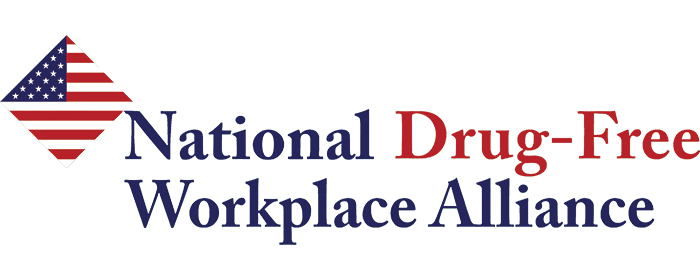A final report was released by the U.S. Commission on Combating Opioid Trafficking that emphasized the trafficking of synthetic opioids into the U.S. threatens both the national security and economic wellbeing of the country. The report disclosed the staggering toll that the opioid crisis has on the public and identified a robust plan to fight the scourge.1
Research data revealed the number of U.S. deaths from drug overdoses has reached over 1 million cumulatively since 1999. This staggering figure is more than the combined number of service member deaths from all U.S. wars. Furthermore, during the twelve-month period of June 2020 to May 2021, at the height of the Covid-19 epidemic, more than 100,000 U.S. overdose deaths occurred of which approximately 75% were due to opioids. Compared to the previous twelve-months, overdose deaths from synthetic opioids (mostly fentanyl), cocaine, methamphetamine, and prescription pain medications, also increased. 1, 2
Economic analysis was completed to quantify the cost of the opioid overdoses and that figure was estimated at US $1 trillion. As expected, healthcare such as emergency department visits and incarceration related to drug use contributed significantly to the total cost. However, it was determined that lost productivity due to early death was biggest affect to the financial impact of the opioid crisis. 3
The 170 overdose deaths per day mainly affected adults between the ages of 18 to 45, normally in the prime of life when they should be at their most productive and with an expected work life of 30 or more years. The tragic loss of the 1,000,000 people due to overdose has not only seriously impacted their families and communities but also has harmed the national economy through productivity loss.1
Key actions addressing drug demand reduction and health through a workplace lens
Workplaces can contribute to reducing the demand for drugs and improving employees’ health through the following actions: 1, 4
- Support evidence-informed efforts to reduce substance misuse and progression to substance-use disorder: Implement a drug free workplace program with supervisor training and employee education about substances and their effects, stigma, and how to access treatment.
- Expand access to evidence-based treatment: Ensure that the availability of comprehensive health insurance/coverage including substance use and mental health treatment is available for all workers.
- Enhance evidence-informed harm-reduction efforts that provide a pathway to treatment: This may include programs such as an Employee Assistance Program (EAP), assessment and brief intervention by a trained professional, and reducing workplace injuries and accidents that may lead to chronic pain.
- Take efforts to promote recovery from substance-use disorder: Through establishing recovery sensitive policies, accommodations, and supports, a workplace can be recovery friendly.
_________________
1 U.S. Commission on Combating Synthetic Opioid Trafficking. (2022, February 8). Final Report. Retrieved from https://www.rand.org/content/dam/rand/pubs/external_publications/EP60000/EP68838/RAND_EP68838.pdf
2 CDC. (2021, November 17). Drug Overdose Deaths in the U.S. Top 100,000 Annually. Retrieved from https://www.cdc.gov/nchs/pressroom/nchs_press_releases/2021/20211117.htm
3 National Public Radio. (2022, February 8). Synthetic opioids contribute to the rising rate of drug overdoses - NPR’s Leila Fadel talks to Bryce Pardo, from the RAND Drug Policy Research Center. Retrieved from https://www.npr.org/2022/02/08/1079112824/synthetic-opioids-contribute-to-the-rising-rate-of-drug-overdoses
4 CDC-National Institute for Occupational Safety and Health. (2019, January 3). Opioids in the Workplace: NIOSH Extramural Research. Retrieved from https://www.cdc.gov/niosh/topics/opioids/extramuralresearch.html#:~:text=Its%20focus%20is%20on%20supporting,a%20recovery%2Dfriendly%20workplace%20program.





